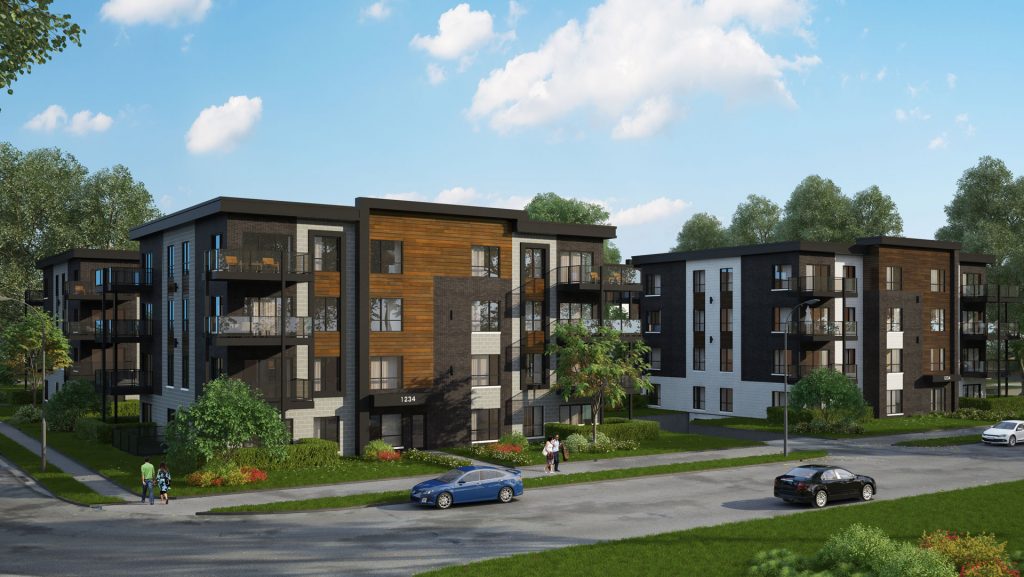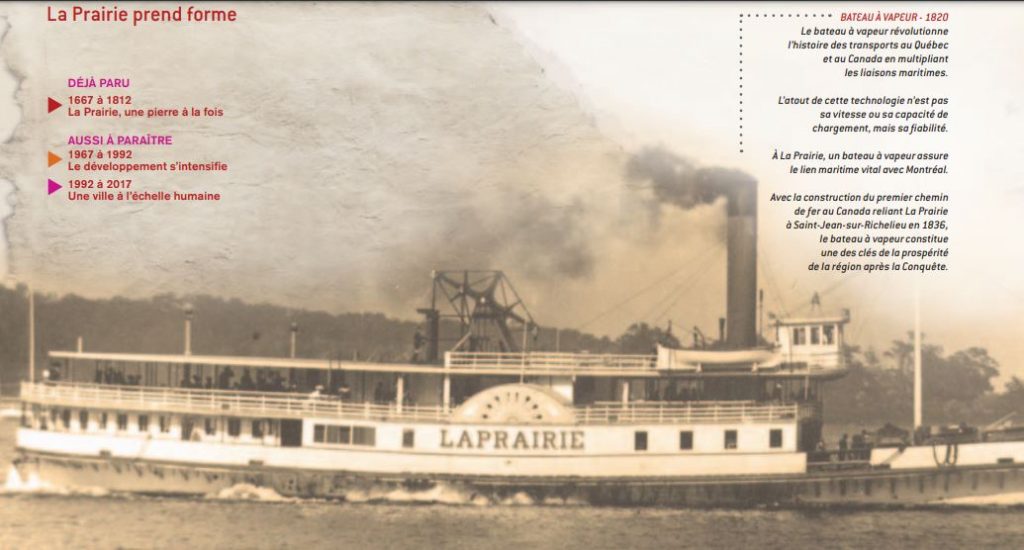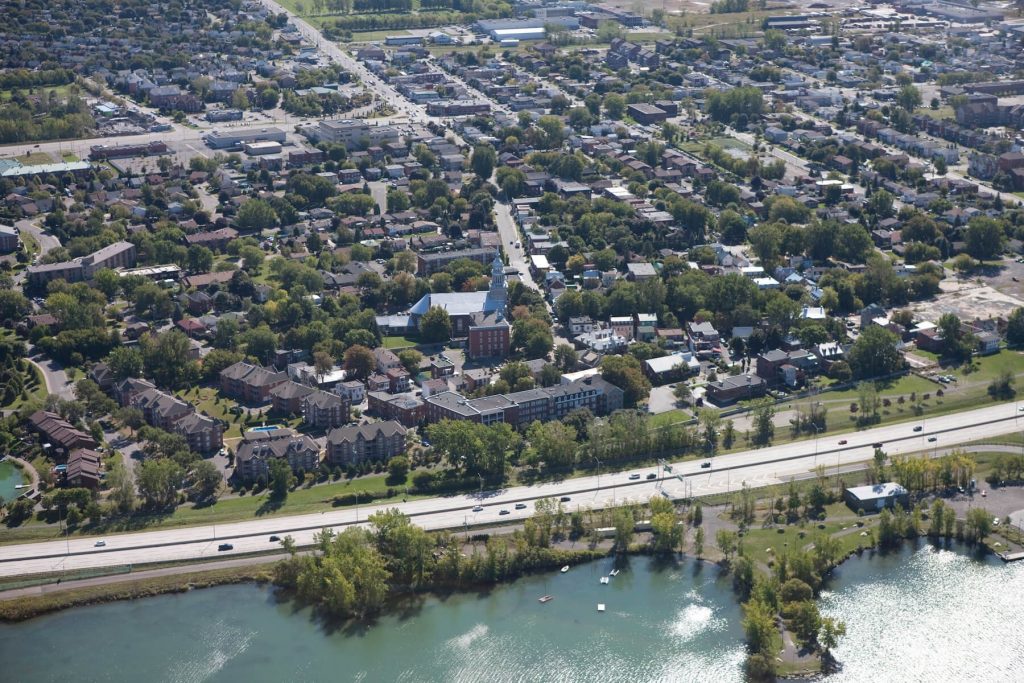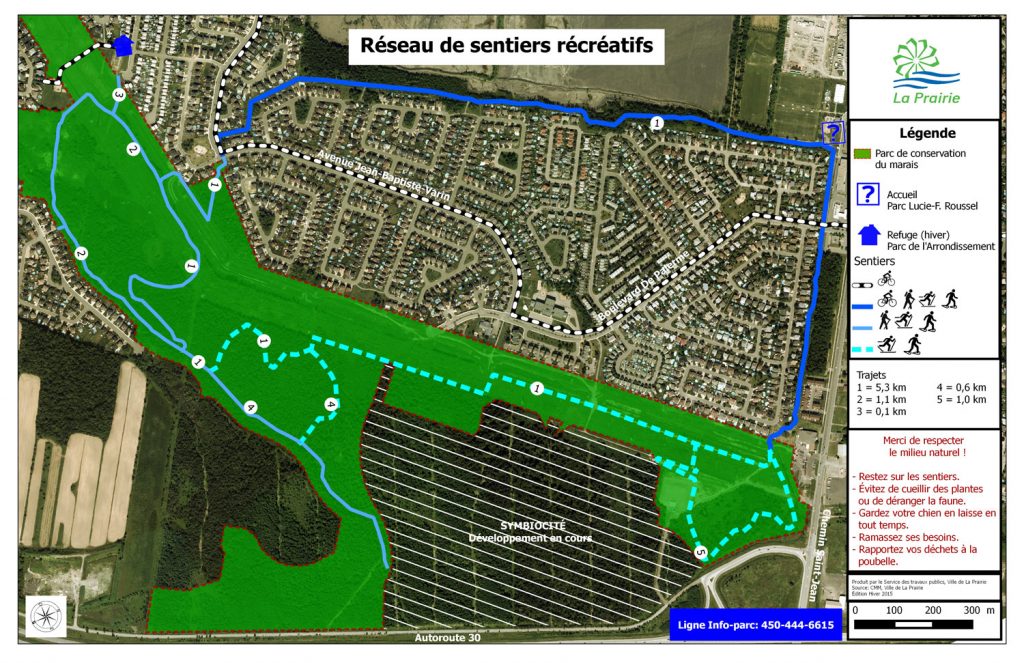La Prairie Real Estate Agent
Serving homeowners in Montreal's South Shore
SELL YOUR PROPERTY IN LA PRAIRIE
For you who are considering selling your property, Anna Estephan Real Estate Agency has been providing real estate agency services on the South Shore for over 15 years. Anna has so many years of experience and uses her skills to help you achieve your goals of selling (or buying) a property. No matter how big your real estate dreams are, Anna will take care of everything to help you make them come true!
Whether this is your first transaction or whether you are a veteran in the market, she will support you by giving you the right advice and using effective tools to achieve a successful real estate transaction. As a professional real estate agent, his mission is to carry out your real estate project without stress so that you have the best possible experience and that you get your money's worth!
Using the best Internet promotion techniques, you are guaranteed to benefit from optimal visibility in order to reach as many people as possible who wish to settle in La Prairie.
Are you ready or ready to take action and sell your property at the best market price and under the best possible conditions? Contact Anna Estephan now at the following telephone number: 514-292-2311.
We have several buyers to present to you! Anna Estephan also represents a large number of buyers and sellers of properties on the South Shore. If you are looking for a real estate broker to help you sell your property on the South Shore, Anna is the professional who will help you achieve your goal.
La Prairie - An up-and-coming town
Founded in 1647, La Prairie is located on the south bank, less than 10 minutes from Montreal, in the MRC de Roussillon. It is easily accessible by highways 15 and 30, and by route 132. With a population of over 26,200, La Prairie is a growing city.
Living here
On its website, the La Prairie municipality summarizes the advantages of living in this city on the south bank of Montreal in the following terms:
"Just a few minutes from major urban centres, La Prairie boasts many appealing features. A network of cycle paths (part of which runs along the St. Lawrence River), pedestrian walkways, numerous playgrounds, and a historic district make this city a pleasure to discover.
And there are also green parks, including the Parc de conservation du Marais, a unique 87.7-hectare natural area, home to a variety of flora and fauna. You are welcome to explore it and enjoy its many benefits: health, sports, tranquility, discovery, etc.
La Prairie is also a living environment accessible to all budgets and tastes. In fact, there is a variety of housing types that can meet the needs and tastes of all residents: single-family homes grouped in various housing projects, luxury residences, condominiums, multi-unit buildings, etc."
Residents benefit from a structured network that promotes active and public transportation as well as free transportation within the municipality.
Living in La Prairie means living in an urban, cultural, and agricultural environment. Daycare centers, elementary and high schools, and a public transportation network are scattered throughout the city of La Prairie, making it an ideal place for families. All usual commercial and professional services are nearby. Does this sound good to you?
It is also worth noting that the City of La Prairie has the lowest tax rate on the South Shore.
Let's have a stop overthere!
In the wake of its 350th anniversary celebration (2017), comedian Michel Beaudry wrote this about La Prairie:
- This city doesn't make a lot of noise, but it has become one of the south bank's hidden happy cards. La Prairie is becoming a great choice of place to live, grow up and live well without pretension.
- An exceptional city where, notably, the first railroad in Canada was built.
- Developed on a vast and beautiful bay, La Prairie still possess its picturesque old-world neighbourhood with a European flair.
- There is still agriculture, large fields and an extraordinary public market.
- Slowly but surely, La Prairie is becoming a great choice of place to live, grow up and live well without pretension.
- In La Prairie's old town, many people make a detour to indulge a sweet tooth at Chez Bonbon, where old-fashioned confections, creamy sugar, and the unforgettable spruce beer coexist.
During summertime, nothing beats two hot dogs at Monique's with her sidewalk picnic tables. Happy Birthday, Laprairians!

La Prairie celebrated its 350th anniversary in 2017. Source : https://www.ville.laprairie.qc.ca/ville/decouvrir/souvenirs-du-350e/
Becoming a homeowner
Magnificent properties in La Prairie will be of interest to people who want to live on the south bank. Living in La Prairie means enjoying the advantages of urban life in a green and quiet environment. Especially since the median price for a single-family home was, in the last quarter, 25% lower than that of a residence located in Montreal.
La Prairie's residential market has been stimulated by the Symbiocité project: a new green neighbourhood located in the Grand Boisé Conservation Park, occupying nearly 50% of the development's area.

Examples of homes for sale in the Symbiocité neighbourhood in La Prairie. Source : http://www.dmilaprairie.com/symbiocite-le-projet/
You will also find the Tod neighbourhood project. What is a TOD neighborhood? A TOD (transit-oriented development, named after Peter Calthorpe, an American urban planner) neighbourhood is an urban area that is developed along regional public transit networks. While TODs do not exclude cars, they are designed to facilitate the use of public and active transportation and put the pedestrian back in focus.
Finally, there is also the D2 neighbourhood, which offers condo/townhouse projects in La Prairie, and the Habitations Jasmont Deschênes project. Not to mention all the residences that give a distinctive charm to this municipality on the south bank of Montreal.
Over 350 years of history
Whether you're a tourist or a resident, La Prairie has a lot of attractions and activities for everyone. People come here mainly to see its breathtaking historic sector, which has been declared a heritage site; for its gourmet circuit located in Old La Prairie; for its conservation parks, cultural and family activities; for its outdoor Gardeners' Market, the largest in the region; and finally, for its access to the St. Lawrence River and its multifunctional trail along the St. Jacques River. (Source : Tourisme Québec : https://bit.ly/3bHmCRu)

Located on Montreal's South Shore, the Gardeners' Market will seduce you with its unique character, the look of its products, and the warm welcome of its merchants. This market is for consumers who are looking for variety, freshness, and quality products of all kinds. In addition to a wide range of flowers, annual and perennial, you will find fruits and vegetables, nuts, a butcher shop, a deli, a bakery, a sausage shop, a fish market, a cheese shop, a creamery, a pancake shop, not to mention an interesting range of homemade products. Come and experience the La Prairie Gardeners' Market, and trust us, you'll be back. Source : https://www.facebook.com/Marchedesjardiniers
Old La Prairie
La Prairie is located on the south bank of the river, facing the island of Montreal. The city occupies the banks of a bay downstream from Lake Saint-Louis and the Lachine Rapids. The area is particularly well served by a hydrographic network that facilitates access to the Richelieu River and thus to the whole territory south of Montreal. The old town is trapezoidal in shape. The land where the parish church is located has been considerably raised.
This reportage nicely introduces Old La Prairie. Source : Marie-Eve Tremblay and Google Earth.
The La Prairie Heritage Site includes 55 Amerindian and Euro Quebec archaeological sites listed in the Inventaire des sites archéologiques du Québec. It has some 330 buildings in its oldest sector, including approximately 120 older buildings, 65 newer buildings, and 145 outbuildings. The heritage site is bounded by the St. Lawrence River (Lesser La Prairie Basin) to the west, St. Lawrence Street to the east, the St. James River to the north, and Longtin street to the south.
Steamboats and the railway behind La Prairie's economic growth
It all began with the Jesuits, lords of La Prairie, who settled here in 1667 to found their Amerindian mission. French settlers soon followed.

Discover La Prairie's complete history. Download the first souvenir booklet: https://www.ville.laprairie.qc.ca/app/uploads/2018/07/Une_pierre_a_la_fois.pdf
In the first half of the 19th century, La Prairie saw an unprecedented economic boom, based on the advent of the steamboat and the construction of the first railroad in Canada. The transportation of goods and passengers increased tenfold.
Steamboats first appeared on the St. Lawrence thanks to the brewer John Molson Sr. In fact, Molson became more famous for his boats than for his beer. In 1809, he began building the Accommodation, a ship built from scratch in Lower Canada. It was the first steam-powered vessel to link Montreal to Quebec City.

Steamboats revolutionized the history of transportation in Quebec and Canada by increasing the number of maritime links, and La Prairie played an important role in this revolution. Download the second 350th anniversary souvenir booklet, which recounts this epic history up to 1967: https://www.ville.laprairie.qc.ca/app/uploads/2018/07/Prend_forme.pdf
Brickmaking, a new economic movement for La Prairie
Although brickmaking in La Prairie was not famous at first, the rich clay deposits discovered in 1890 in the town ensured a promising future in this industry. Shale, rich in iron oxide, gives La Prairie bricks their characteristic blood red color. This type of brick is also known throughout the northeast of America for its durability; it is also called steel brick.

Discover a new page in La Prairie's history book. Download all the souvenir booklets: https://www.ville.laprairie.qc.ca/ville/decouvrir/souvenirs-du-350e/
In the mid-1920s, the Saint Lawrence Pressed Brick company, specialised in gas-fired bricks, employed 300 men. In 1970, Saint Lawrence Pressed Brick built a new plant to replace the outdated facilities. At that time, 25 million bricks were produced annually. Today, Hanson Bricks is one of the most important manufacturers of fired clay bricks in Canada, and the only one in Quebec, with some 40 employees and an annual production of some 45 million units.
For more information on the places and attractions in Old La Prairie, see the Useful Links below.
La Prairie - Demographics
Source : Centris
La Prairie - Some real estate data
Source : Centris
La Prairie - Usefull links
- City of La Prairie
- 350e anniversary of La Prairie
- Souvenir booklet of the 350e anniversaire
- Tourism La Prairie - Tourism Montérégie
- Le Vieux-La Prairie : « un joyau caché » - Radio-Canada.ca
- Chambre de commerce et d’industrie de la Rive-Sud
- La Prairie Public market
- Symbiocity
- Quartier D2
- Quartier TOD
- Habitations Jasmont Deschênes
- DMI La Prairie
- La Prairie : things to-do - Trip Advisor
- La Prairie : top restos - Restos Montréal
Text sources:
- City of La Prairie,
- Wikipedia,
- Radio-Canada
- Journal de Montréal.
















